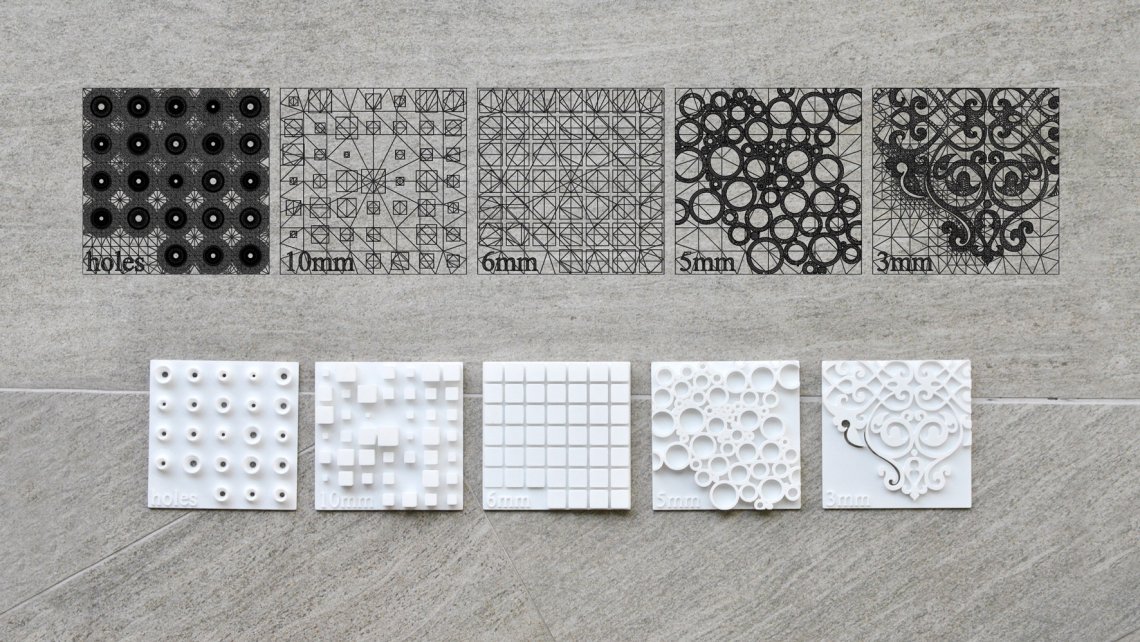
Conclusa l'esperienza del workshop Casa Flora, inizia la collaborazione con .exnovo per la realizzazione della lampada a sospensione M51.
Exnovo, realtà trentina e pioniere nella stampa 3D , ha ospitato Alice Guarisco al termine del Master in architettura Digitale-IUAV per sviluppare una lampada a sospensione che sarà inserita nella ristrutturazione di Casa Flora a Venezia.
Il nome della lampada (M51) si ispira ad un sistema di corpi solidi che ruotano attorno ad una stella e vuole simulare, tramite la calotta blu e i singoli componenti, la volta celeste che contiene la stella ed i suoi pianeti. Partendo da questa intuizione con l’aiuto dei “tecno-artigiani” si è passati dallo studio del materiale, componente fondamentale che caratterizza il prodotto, alla realizzazione del prototipo. La lampada si fonda sulla dicotomia “mostrare-nascondere”, quindi in grado di descrivere due concetti opposti, in base alle condizioni di contesto in cui la si usufruisce.
Dopo 100 giorni di test si è raggiunto un risultato ottimale sfruttando al massimo la tecnologia della sinterizzazione per realizzare il diffusore come un pezzo unico, non assemblato, al cui interno si sviluppa un pattern geometrico visibile solo a luce accesa. La lavorazione è realizzata come una protuberanza sulla faccia interna della sfera che risulta impossibile da realizzare a mano o tramite qualsiasi altro metodo di stampaggio tradizionale.
_____
After the Casa Flora Workshop, started the experience of working with .exnovo for the realisation of the M51 lamp.
Exnovo, company based in Trento and pioneer in 3D printing, hosted Alice Guarisco after her Master's diploma in Digital architecture at IUAV, to develop a pendant lamp. The product will be part of the renovation of Casa Flora in Venice.
The name of the lamp (M51) is inspired by a system of solid bodies that revolve around a star and it wants to simulate, through the blue dome and the individual components, the sky that contains stars and its planets. Starting from this concept with the help of the "techno-craftsmen" we have studied the material which it the basic component that characterises the product and we have realised of the prototype. The lamp is based on the dichotomy "show-hide", so able to describe two opposite concepts, according to the conditions of the context in which it is used. After 100 days of testing we have reached the best result by making the most of the sintering technology to build the diffuser as a single piece, not assembled, inside which there is a geometric pattern which is visible only when light is on. The pattern is realised as a protrusion on the inner face of the sphere that is impossible to achieve working by hand or by any other conventional molding method.





